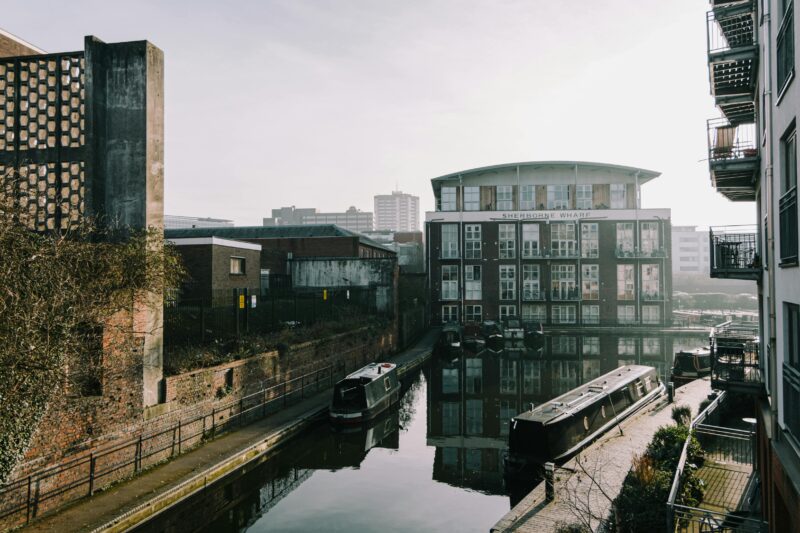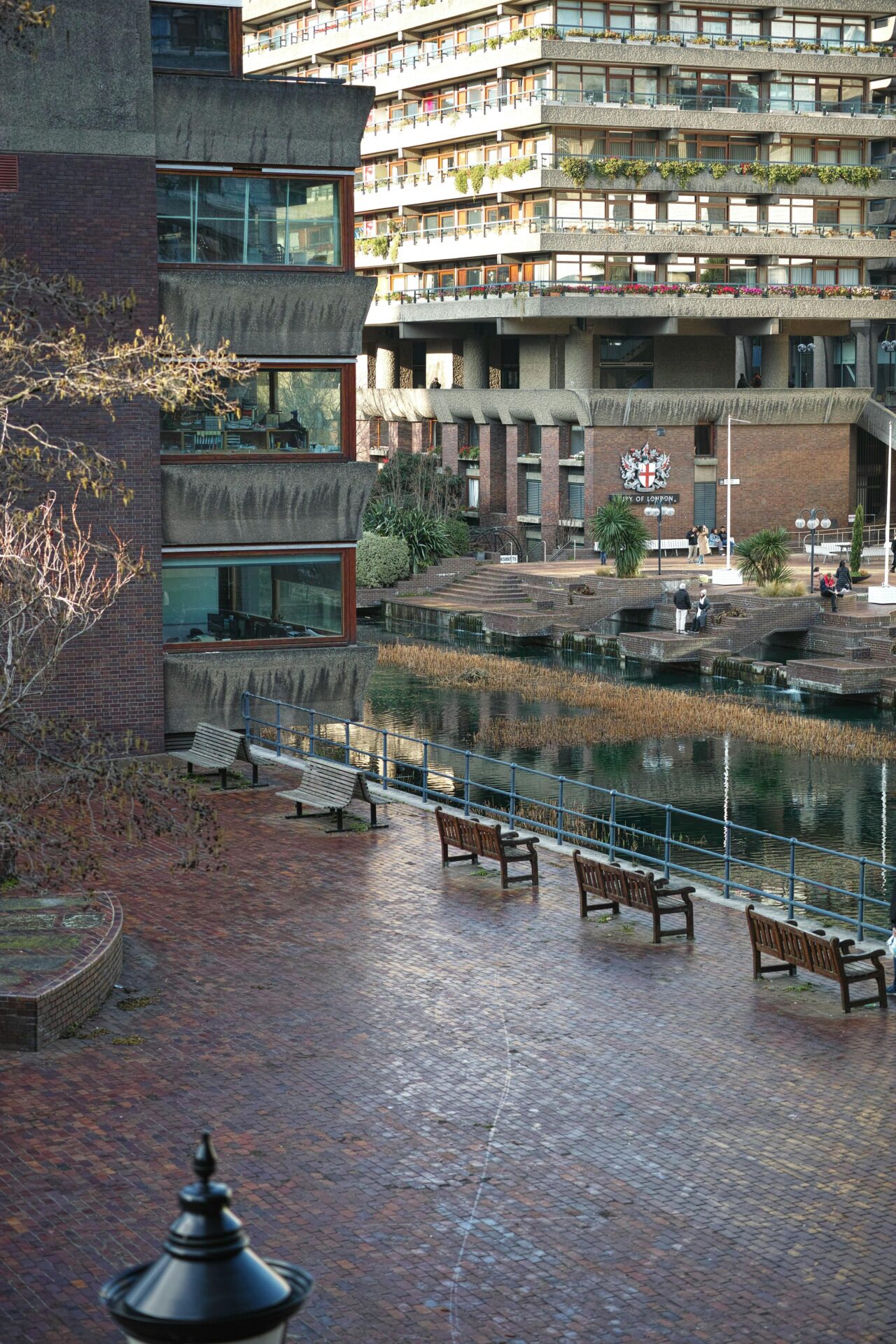We had a call last February from a building manager in Manchester. Three days without heating, residents threatening to leave, emergency repair bills stacking up. “How was I supposed to know the boiler couldn’t handle a proper cold snap?”
Simple answer, you test it before you need it.
It’s September, summer’s just about still here and winter feels like a distant problem. But if you’re managing buildings across the UK, this is exactly when you should be thinking about 2am heating failures and frozen pipe disasters.
Because winter doesn’t send a polite warning before it breaks your systems.
Most asset managers react to winter. The good ones prepare for it. Here’s what actually separates them:
1. Torture-test heating when it’s 25°C outside
Everyone “tests” their heating by switching it on and confirming it works. That’s not testing, that’s hoping.
Real testing means running full heating cycles on the hottest day of the year. Yes, residents will complain about the heat. Yes, it feels wasteful. But it’s the only way to know if your boiler can actually handle sustained winter demand before you desperately need it to.
2. Assume every pipe will try to freeze
One burst pipe can cause thousands in damage and leave residents without water for days. The pipes that seemed fine all summer become ticking time bombs when temperatures drop.
The reality: Most insulation fails because it was bodged in the first place. We inspect every piece of accessible pipework, external meter cupboards, plant rooms, anywhere pipes might see freezing temperatures. If it can freeze, we assume it will.
It’s not exciting work, but it’s the difference between prevention and disaster management.
3. Clear drains before they’re underwater
Winter means more water, rain, snow, melting ice. When drainage systems can’t cope, you get flooded basements and car parks that turn into lakes.
What catches people out, drains that handle summer just fine become completely inadequate when winter volumes hit. By the time you realise your drainage is insufficient, you’re dealing with flood damage instead of blocked gutters.
Clear everything now, while it’s accessible and you’re not standing in the rain trying to figure out where all the water’s supposed to go.

4. Stock parts like their reputation depends on it
When heating fails at 8pm on a Sunday in December, residents don’t want to hear about delivery schedules. They want heat. Now.
Stock critical spares before winter hits. Basic heating components, pipe repair materials, essential electrical parts. It costs money upfront, but it’s nothing compared to the cost of telling residents they’ll have heating “first thing Monday.”
What we’ve learned the hard way, you never need the parts you think you’ll need. But having basic repair capability on-site means getting systems running instead of making excuses.
5. Have emergency plans that actually work under pressure
Every building has emergency procedures somewhere. Most of them fall apart the moment you actually need them.
A proper winter plan includes:
- Response times that people can rely on (not contract minimums)
- Physical access to emergency supplies when normal suppliers are closed
- Communication methods that work when residents are stressed and systems are down
- Realistic backup options for extended outages
Test this stuff before you need it. Run scenarios, confirm contact details work, make sure people know what they’re actually supposed to do when everything’s going wrong.
We start winter prep from August onwards because we’ve learned that the work you do before winter matters more than how fast you react during it. Emergency repairs cost more than prevention. Unhappy residents cost more than preparation.
The honest truth is that proper winter preparation requires upfront investment. But winter emergencies require much bigger, less predictable investment, usually at the worst possible times.
Managing buildings that need to survive UK winters? Let’s talk about what real preparation looks like for your specific assets.

